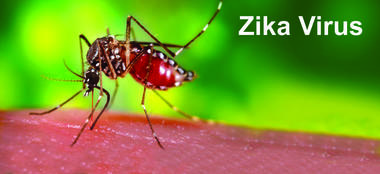
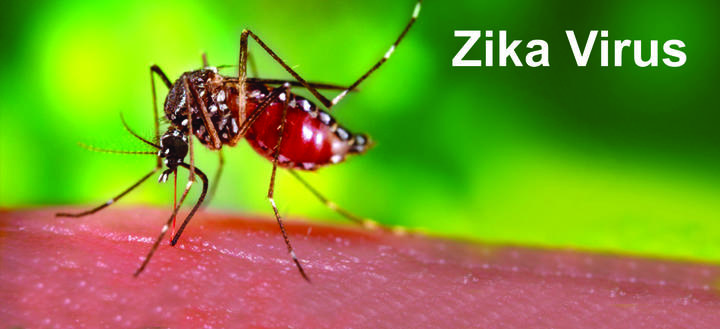
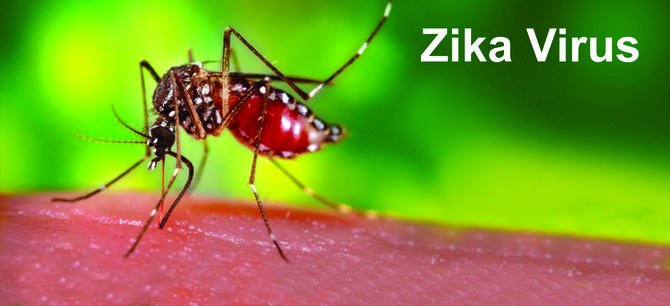
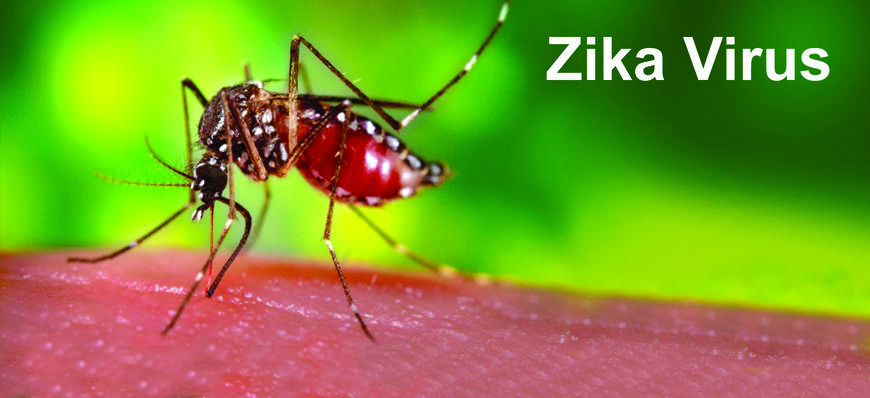
The purpose of this work is studying one of the acute epidemiological problems of the modern world, an epidemic of Zika virus in Florida, the USA. Zika virus is Flavivirus which is increased by mosquitos. The problem which prevents revealing of infection incidents is that many people who are susceptible to infections have no symptoms. Such symptoms that arise in contaminated people are mild but could provoke serious diseases such as microcephaly and Guillain-Barré syndrome. During Zika outbreak in 2016, there were registered more than a thousand cases of microcephaly in newborns. The paper contains the main definitions, symptoms, and history of the disease. In general, surveillance and prevention methods will be defined that might help to reduce the spreading of the infection.
During the existence of humankind, people faced many problems that later were either resolved or needed further search for solutions. One of the problems that does not lose its relevance after hundreds of years is one of healthcare. Despite the significant success of people in medicine and the fast development of this field, there are still numerous diseases that physicians are unable to cope with or find it difficult to identify them in time. Today, health care is of particular importance to the humankind in response to the acute environmental situation, the global depletion of resources, and the population explosion that threaten people with overpopulation, hunger, and epidemics. The problem of epidemics is not a new one for humanity, but it is still relevant. Many scholars have conducted studies with the aim to examine the issue of epidemics arisen around the world. For example, the outbreak of the epidemic caused by Zika virus in Florida, the USA became the topic of Likos et al.’s (2016) particular interest. In conditions of the high danger of diseases caused by the virus and the difficulty of detecting symptoms, it is necessary to study the etymology of the virus and its consequences in detail, as well as to determine methods of combating it and reducing the risk of repeated epidemics.
Background information
Recently, the WHO recognized the outbreak of Zika’s fever in the countries of South and North America as an emergency for international health (Hafiz, Mahmood, Shoaib, & Yusuf, 2016). The fever caused by Zika virus was considered harmless to humans until recently. However, after its rapid spread in Brazil, it became clear: this ailment can lead to irreversible consequences, and complications arising from people as a result of infection require urgent scientific research. In a few weeks, Zika from a regional exotic disease of interest only to the scientific community has become a problem that affects millions of people around the planet. For the first time, people heard the term“Zika virus” in 1947 when it was found in monkeys inhabiting a forest called Zika in Uganda (Dia et al., 2016). For a long time, it was only found in Africa, Asia, and countries of the Pacific island. However, in May 2015, Zika's fever was diagnosed among Brazilians (Hafiz et al., 2016). There are two versions explaining the genesis of the virus on the South American continent. According to one of them, it could be brought from Africa during the World Cup, held in Brazil in 2014 (Dia et al., 2016). One more hypothesis is that the virus came from Micronesia (Dia et al., 2016). However recently, physicians reported cases of Zika's fever in more than 20 countries including the United States and several European states. It is interesting, Zika virus has the same symptoms as dengue fever: high fever, headaches, and muscle pains, weakness, skin rash, and conjunctivitis (Likos et al., 2016). Sometimes, the disease is accompanied by nausea and vomiting, as well as pain in the stomach. However, some experts point to the fact that Zika's fever can also occur without pronounced symptoms. That is why it is very difficult to determine the real number of cases, as many patients feel only a slight malaise after being infected and do ask for care. So, what are the consequences and the main danger of the virus? According to scholars, the virus is dangerous by the following after the disease neurological and autoimmune complications for health. Some of them insist that infection with the virus during pregnancy results in a birth deviation of the child that is called microcephaly (Thomas & Weber, 2001). Some researchers believe that the virus of Zika is dangerous not only for children but also for adults. There is an opinion that fever can lead to the development of a rare autoimmune disease - Guillain-Barre syndrome. It is characterized by paresis (partial paralysis) of lower limbs, which after a few days or even hours spreads to hands, and then to other muscles of the body. The main danger is that it can affect the respiratory system, so a person risks to die from lack of oxygen. The situation around the virus is compounded by the fact that there is still no vaccine from it.
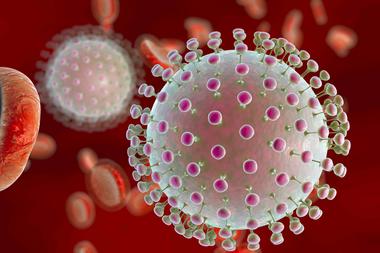
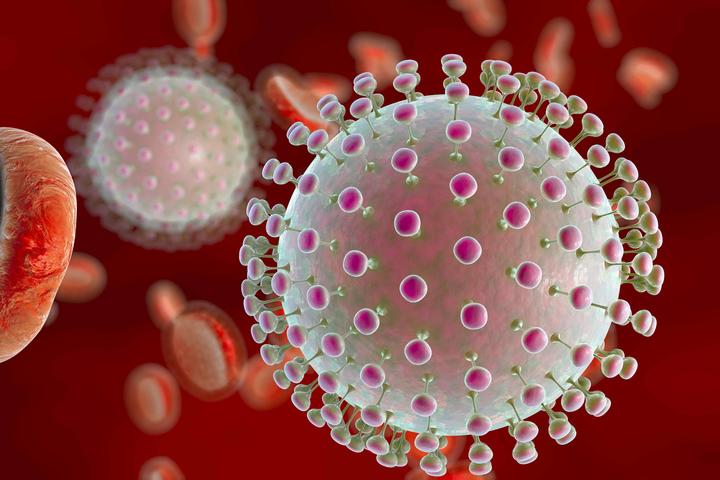
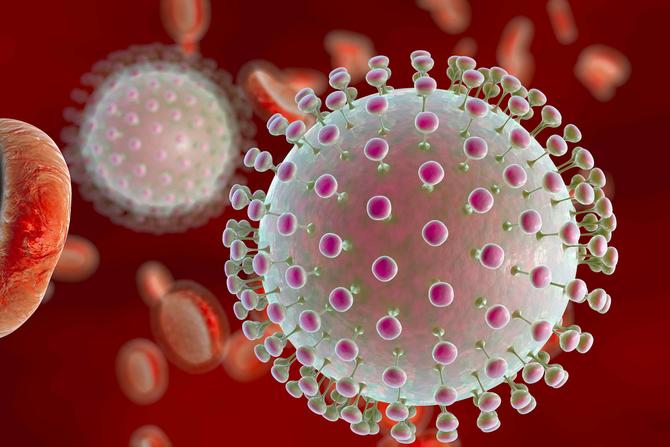
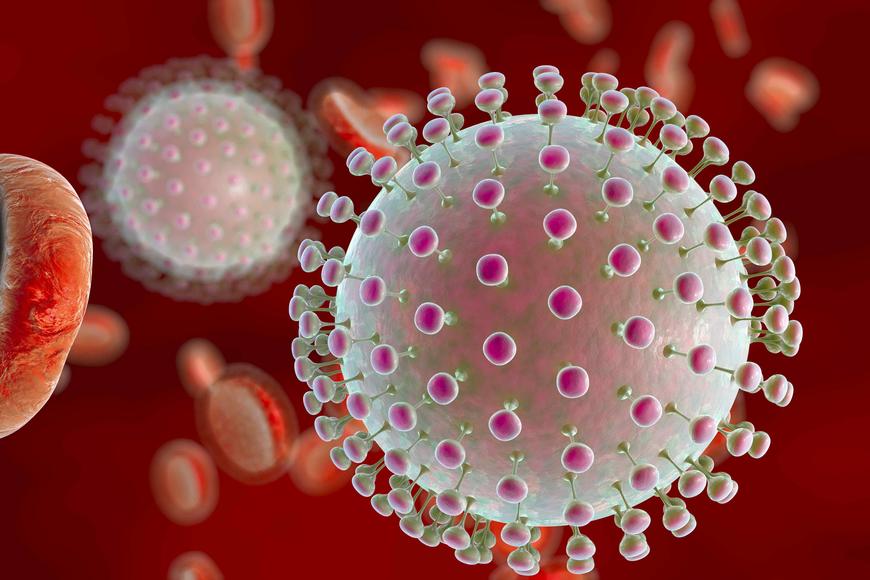
For convenience and rapid response to the threat, the scholars proposed a classifier that classifies geographic areas according to the risk factor for infection with the virus. According to it, there are four categories that divide Zika-affected areas on specific characteristics (Likos et al., 2016). The first category is characterized by strong outbreaks in 2015-2016. To the second category, scientists relate areas with occasional outbreaks. The third category is characterized by a high probability of recurrence of outbreaks of the virus. The fourth category includes the lands where the carriers of the infection are living, but there have not yet been reported cases of infection. It is necessary to analyze the epidemic in the United States in 2016 when speaking of the biggest outbreaks of the virus. If one looks to the table 1 below, one can find Florida was the state that suffered epidemic more than others. Thus, compared to the other two states listed in the table, the number of reported and laboratory-confirmed cases of Zika virus disease was about 60% of all cases registered in the three states. Such indicators are quite high and let people define Florida as a place of the first category, according to the classification of the distribution of territories affected by the Zika virus.
Attached file: Evaluation of an Epidemiological Disease: Zika Virus.docx
Click download to get access to a full version of the paper
| Florida | California | Texas | |
| 2015 | 6 | 13 | 8 |
| 2016 | 1,107 | 421 | 312 |
| 2017 | 110 | 49 | 54 |
| 2018 | 4 | 12 | 3 |
| Total | 1227 | 495 | 377 |
A review of current surveillance methods
In order to better understand the case of Zika disease in Florida, it is necessary to consider the surveillance methods of the epidemic. These methods include increased passive observation as a way to observe the cases of the disease, laboratory testing, syndrome surveillance, and sentinel surveillance (Allard, 1998). The essence of sentinel surveillance is to identify diseases in likely cases, which require a much smaller amount of resources for both public health and demographic research. Also, this method is more noteworthy in that it provides more detailed information than passive observation. Enhanced passive surveillance is to notify employees about the prevention of cases.
It was in 2016 that the spread of the Zika virus became the reason why sentinel surveillance was expanded in order to enhance passive surveillance (Likos et al., 2016). Investigation of routine cases involves a general examination of patients in whom the disease was allegedly found. Syndromic surveillance uses all this data to have not only access but also information about the lustiness of the population. All this is important in order to be able to identify the disease in the early stages. The most difficult part is that most of the diseases of Zika are asymptomatic, so it is hard to determine the transmission of infection. According to scholars, sixty-one laboratory confirmations of the disease were written in the USA (Thomas & Weber, 2001). It is worth noting that the president appreciated the efforts of medical workers regarding their work on the virus because, despite the complexity of the definition and treatment of the virus, medical workers are trying to do everything possible to prevent the virus. It shows that the government appreciates the efforts of doctors to prevent the illness.
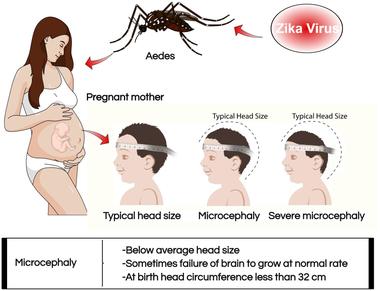
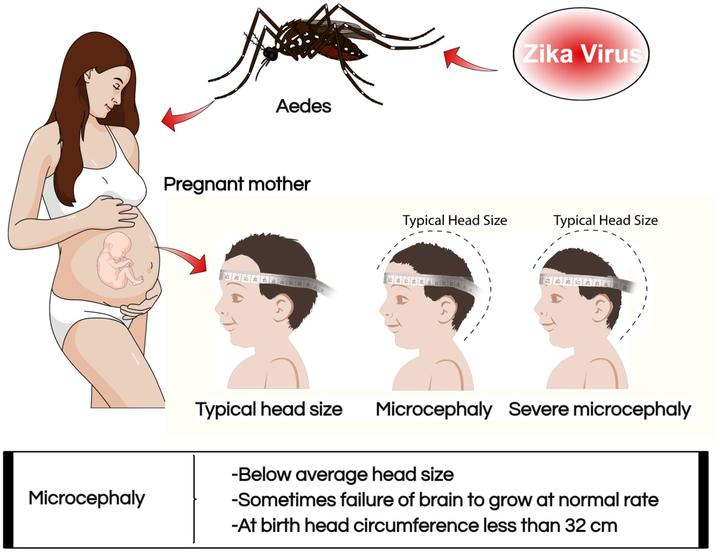
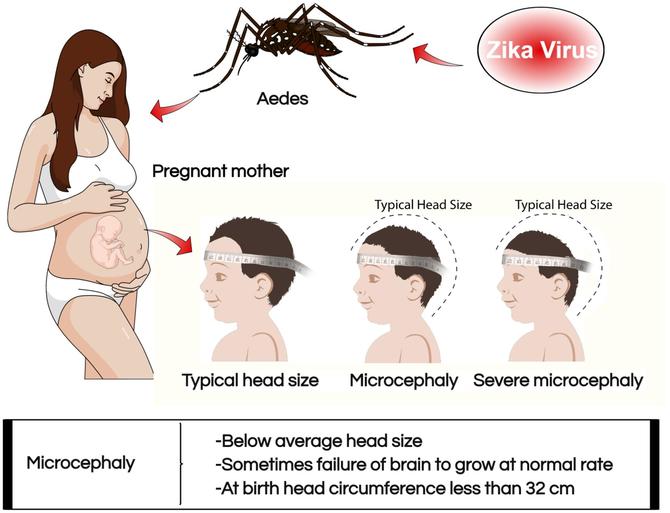
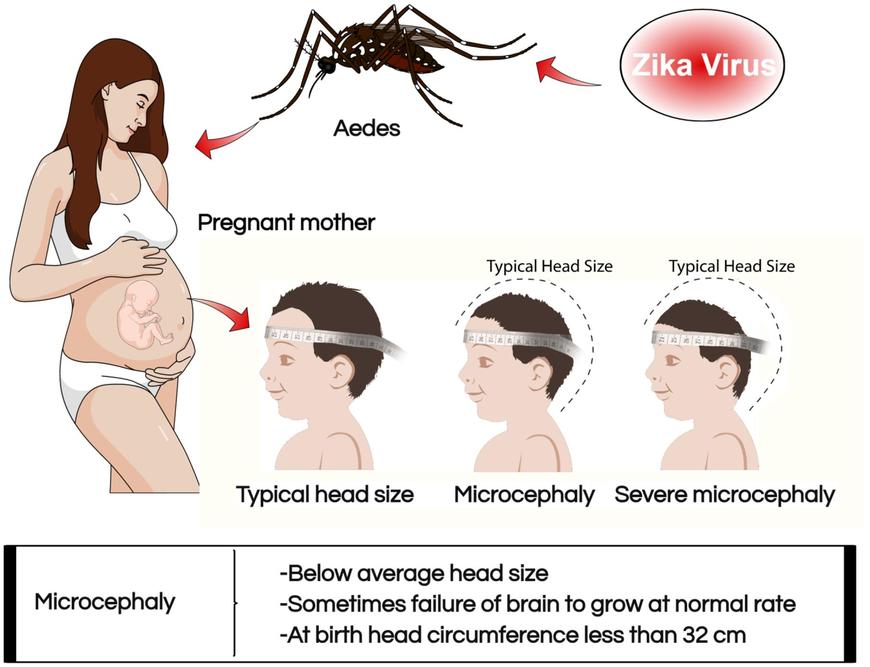
Descriptive epidemiology analysis of the disease
One should also consider precautions against the virus when speaking of the epidemiology of the illness. The most important precaution against infection with the Zika virus is protection from mosquitoes (Likos et al., 2016). Mosquitoes are considered vector carriers of the virus, and therefore their bites in places where there were cases of the illness may be disgraced. People must wear long-sleeved clothes and pants to get away the infection, and the mosquito net should be used to prevent mosquitoes from entering the dwelling. It is not about the fact that all mosquitoes are dangerous for people. It is only about the fact that mosquitoes in the place where medical workers found the infection. Despite the fact that these methods of precaution, while seemingly unimportant, they can protect a person from infection. More serious methods are needed, among which is the elimination of mosquito breeding sites. It needs to decrease the cases of infections from mosquitoes.
One should also recommend people to prevent themselves from the disease; it is about to avoid picnics in those places where there is a risk of the infection from virus Zika. According to research, the virus of Zika affects people by sex and by age (Thomas & Weber, 2001). More often, women are infected with an age of twenty to forty years (Thomas & Weber, 2001). Children get sick much less often, but if they still get infected, then the disease goes harder than adults and has its own consequences. In turn, men aged twenty to forty also may be at risk of infection with this virus. Thus, the riskiest age of infection with this virus is precisely the age of twenty to forty years for both men and women. Old people are less likely to be at risk, while the risk of illness between the ages of forty and fifty is also high (Thomas & Weber, 2001). Old people, as well as, children can hardly tolerate the virus because with age, immunity becomes weakened and it is more difficult for them to resist the virus.
At the same time, in spite of ambiguous predictions of some scientists, it is noted that there is a way to overcome the pandemic. In summer, 2015, a scandal, related to the development of a dangerous kind of mosquito to control their migration and their population (genetics created genetically modified male mosquitoes that possess a specific gene), erupted in Florida. When these male mosquitoes mate with wild females, the progeny inherits the developed gene and dies at the stage of the larva. These mosquitoes were developed by British company Oxitec. Its representatives argue that this method of regulating the population is much safer than spraying pesticides and other poisonous substances (Likos et al., 2016). However, 155,000 people signed a petition aimed at banning the use of genetically modified insects in the state (Likos et al., 2016). Now, Oxitec works with the government of Brazil, where it conducts experimental use of its method of regulating the number of mosquitoes. During the same tests in the Cayman Islands, the growing mosquito population declined by 92%, according to the company (Dia et al., 2016). In addition, one of the largest British pharmaceutical companies announced the initiation of research to develop a vaccine against Zika's fever. The development of a new vaccine could take about a decade, but the company created a vaccine against Dengue fever and is considering its application in the case of Zika virus (Dia et al., 2016).
The fact that fighting the disease requires a huge amount of money is undeniable. In 2016, Florida’s Governor Rick Scott issued a statement stating that the health department is in contact with all medical institutions in order to control and conduct disease prevention so as to protect residents from infection with the virus (Likos et al., 2016). The Governor confidently said that everyone should prepare for the worst, despite the fact that the hope for the best remains. A year later he proposed to spend $4 million to surveillance and prevention of Zika virus and soon announced 25 million dollars for government grants for the development of Zika vaccines (Likos et al., 2016). These figures indicate the seriousness and danger of the current problem of the Zika virus spread.
In order to prevent Zika diseases in Florida, one should address this epidemiological disease. First of all, it is necessary to inform people about current researches and measures in the field and give them an opportunity to protect themselves and their families. Secondly, competent scientists should research all of the features of Zika’s disease and its consequences in the laboratory; engage in revealing and treatment of the infection. Thirdly, the best epidemiologists should work together, discuss and examine the problem of spreading Zika disease.
Conclusion
In conclusion, one should note that nowadays the issue of epidemics reasonably concerns the minds of humankind. People around the world are concerned about the propagation and terrible consequences of the fever caused by Zika virus. The state of Florida was subjected to a large outbreak of the virus in 2016, but despite that, it strongly rejected the proposed solution to combat the virus with the help of genetically modified mosquitoes of the species that are carriers of the virus. Florida looks forward in the hope of finding a more humane remedy for the illness.